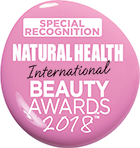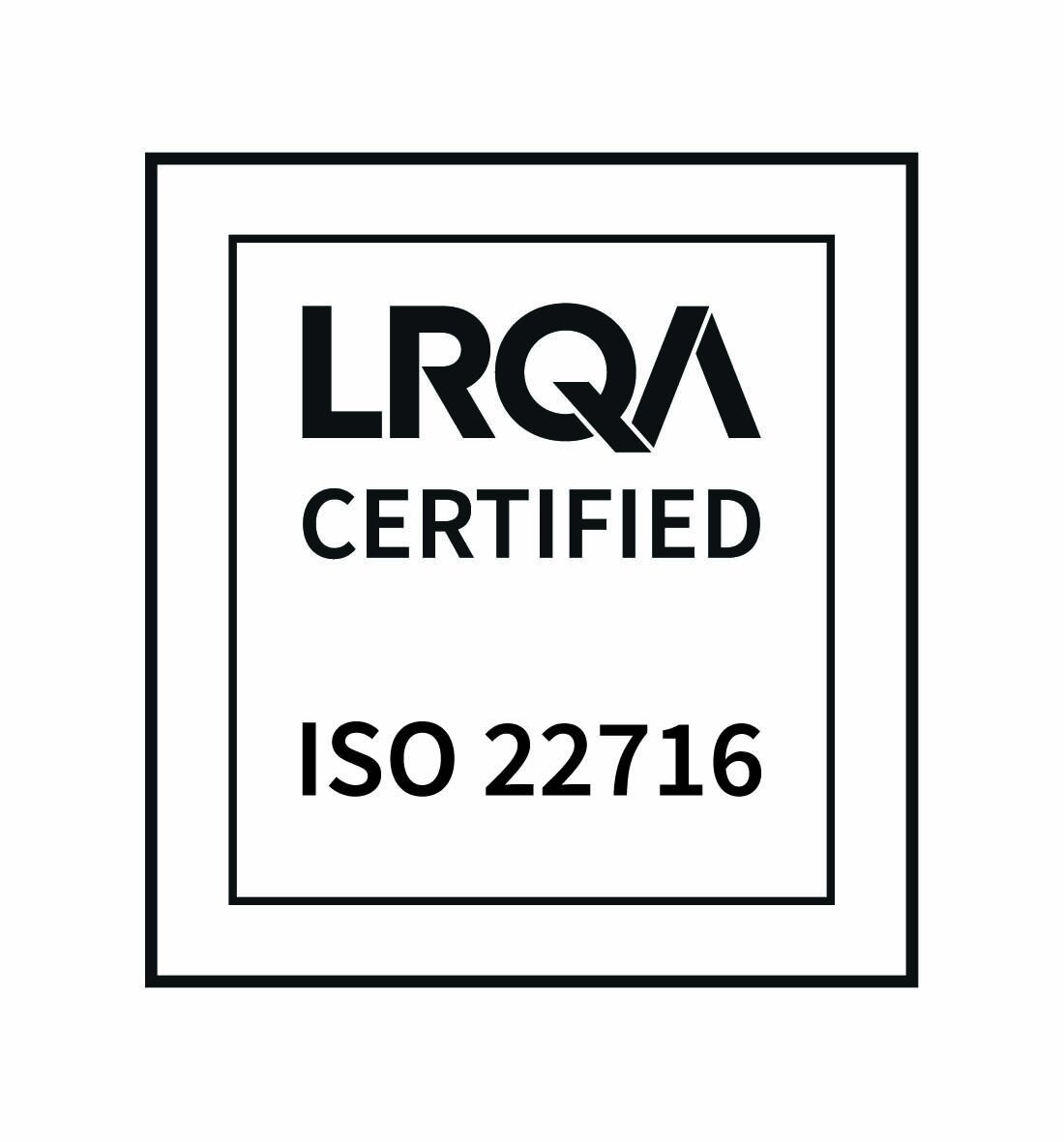Essential oils have played a huge part in the health and well being of humans for hundreds of thousands of years.
Essential oils are natural aromatic compounds found in every part of a plant from its roots to its petals. These compounds are often wonderfully fragrant – from the scent of a flower through a field of lavender to crushed fresh mint – and form the aromatic qualities of essential oils. Beyond giving plants their distinctive smells, essential oils also provide plants with protection against predators and disease and play a role in plant pollination.
In addition to their intrinsic benefits to plants and their delightful scent, essential oils have been used throughout history in many cultures for their medicinal and therapeutic benefits. And today, as modern scientific thinking leans towards a more holistic approach to wellness, essential oils are once again being recognised for the multitude of benefits they can offer.
How to use:
Essential oils are naturally extracted from flowers, leaves, roots, peel resin or bark, mainly by steam distillation. They can then be used or applied in a number of ways:

Vaporised on a burner or electric fragrancer to scent a room – a few drops of Orange or Bergamot can brighten the mood.
Blended in a carrier oil to use on skin or as part of an aromatherapy massage – a blend of Lavender and Chamomile can be very effective in reducing feelings of stress.
Added to a bath. Add 4-6 drops of essential oils to a tablespoon of milk to help the oils disperse in the water.
Add to hair products such as shampoos or conditioners.
Inhaled to prevent or relieve colds and flu. Try adding 6 drops of Eucalyptus to a bowl of hot water for a clearing and protecting steam inhalation.
Applied on a warm or cold compress to ease and soothe. Cold compresses are perfect for headaches and muscular twists and strains. Hot or warm compresses work really well on achy and stiff muscles.
Applied to wrists or neck. Dilute one or two drops of your favourite essential oil in 3-5ml of a carrier oil.
Blended into creams or lotions to create tailor-made body or skin care products.
A brief history of essential oils
Essential oils have been used for therapy and as cosmetics by many cultures around the world for centuries. The Egyptians were first known to have created balsams, perfumed oils, scented barks, resins, spices and aromatic vinegars as early as 4500 BC. Oils and pastes from plants were transformed into powders and ointments.
Egypt's Nile Valley became known as 'The Cradle of Medicine' and was popular destination for people from many cultures who visited to learn more about the healing power of plants. At the height of Egypt’s power, priests were the only authorities allowed to use aromatic oils. This was because they were regarded as being at one with the Gods. Specific fragrances were dedicated to each deity.
Around 400 BC the Greeks began recording their knowledge of essential oils. The Greek physician Hypocrites (known as the “Father of Medicine”) documented the effects of some 300 plants including thyme, saffron, cumin and peppermint. Hypocrites wrote “a perfumed bath and a scented massage everyday is the way to good health”. The writings he left behind contain many of the founding principles of modern medicine.
During the Crusades European armies acquired knowledge of herbal medicines in the Middle East. They carried this knowledge with them and spread it throughout Western Europe. They also brought details of distillation and carried perfumes with them.
By the 17th century, English herbalist Nicholas Culpeper was writing “The Complete Herbal” a book that is still considered a valuable reference source today.
Pathways to healing – how essential oils work

Unlike herbal medicines, essential oils are not concentrated from whole plant parts, but extracted from flowers, leaves, roots, peel, resin or bark.
Essential oils are used for a wide range of emotional and physical wellness applications. They can be used as a single drop at a time or in complex blends depending on the user experience or the desired effect.
The scent of an essential oils acts like a messenger which has a short cut to the brain, where it affects the limbic system – a type of switchboard that controls blood pressure, hormone levels, breathing and the nervous system.
When essential oils are smelled, inhaled or absorbed through the skin or any other body tissue, they directly stimulate the limbic system creating pathways to affect physical, emotional and mental changes.
For many thousands of years incorporating essential oils into daily life has been shown to promote a more balanced state of mind, enabling us to cope better with potentially difficult events and reducing the likelihood of succumbing to modern day stresses or common illness.




























